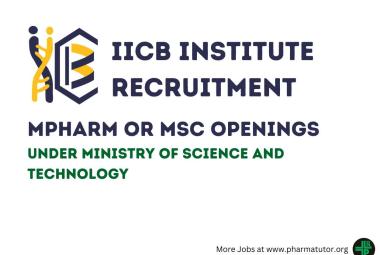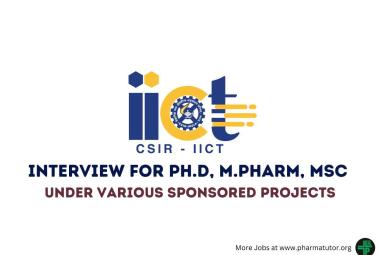QUALITY MANAGEMENT OF WASTE AND SCRAP DISPOSAL
 About Authors:
About Authors:
Sahil Jasuja1*, Mahesh Kumar Kataria1
1 Department of Quality Assurance,
Seth G.L. Bihani S.D. College of Technical education (Institute of Pharmaceutical Sciences & Drug Research),
Sri Ganganagar, (Raj.), India.
*sahiljasuja@rediffmail.com
ABSTRACT
Regulatory involvement and environmental concerns are causing pharmacists to take a closer look at how their organizations are managing pharmaceutical waste. Each organization should evaluate its current waste management practices in comparison with state regulatory guidelines. Organizations must then develop a comprehensive plan for full compliance through segregation of waste into the appropriate waste streams. The discovery of a variety of pharmaceuticals in surface, ground, and drinking waters around the country is raising concerns about the potentially adverse environmental consequences of these contaminants. Pharmaceutical waste is not one single waste stream, but many distinct waste streams that reflect the complexity and diversity of the chemicals that comprise pharmaceuticals. Pharmaceutical waste is potentially generated through a wide variety of activities in a health care facility, including but not limited to intravenous (IV) preparation, general compounding, spills/breakage, partially used vials, syringes, and IVs, discontinued, unused preparations, unused unit dose repacks, patients’ personal medications and outdated pharmaceuticals. The consistent increase in the use of potent pharmaceuticals, driven by both drug development and our aging population, is creating a corresponding increase in the amount of pharmaceutical waste generated.




 About Authors:
About Authors:  About Authors:
About Authors:  About Author:
About Author:  About Authors:
About Authors:  About Authors:
About Authors:  About Author:
About Author:







.png)

